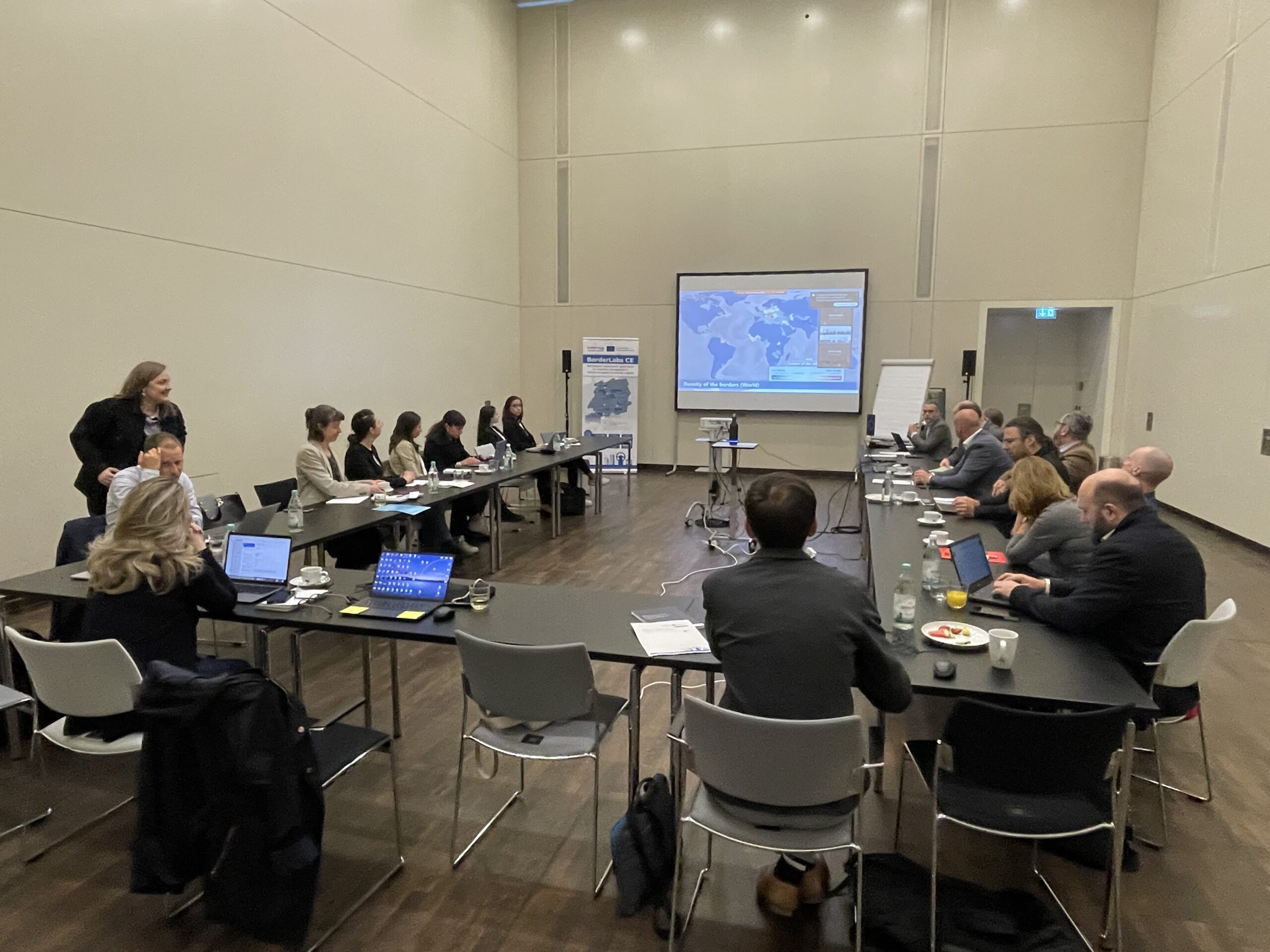On 7 May 2025, the historic city of Dresden hosted the first thematic workshop of the BorderLabs CE project, co-financed by the Interreg Central Europe Programme. Organized by the Ministry of Infrastructure and Regional Development of Saxony, the event brought together experts and practitioners to explore innovative tools and experiences in cross-border spatial planning.
The BorderLabs CE project tackles one of Central Europe’s key challenges: mitigating the divisive effects of national borders and fostering integration in regions once separated by the Iron Curtain. Through five diverse pilot actions, the project tests and promotes instruments in three interconnected areas:
- Cross-border planning
- Participatory governance
- Management of cross-border obstacles
These fields are mutually reinforcing: effective planning needs empowered governance structures, while overcoming legal and administrative barriers is crucial to implementation.
The workshop opened with a keynote from Gyula Ocskay, Secretary General of CESCI, who underscored the need for a new European Spatial Development Perspective. He introduced the project’s proposed Charter for a More Integrated Central Europe, intended as a Central European Territorial Agenda.
The event featured leading experts from across Europe. Roland Gaugitsch (ÖIR) presented findings from the ESPON CROSSGOV project, focusing on the challenges of mapping governance structures in cross-border functional areas. Claire Duvernet (BBSR) shared insights into territorial monitoring, emphasizing the lack of reliable cross-border data.
Sabine Zillmer (Spatial Foresight) highlighted lessons from the ESPON CPS project, particularly on public services in cross-border regions. She stressed the importance of implementation frameworks to make territorial visions actionable. Peter Ulrich (University of Potsdam) addressed participatory governance, showcasing innovative practices like citizens’ budgets and Future Conferences in Frankfurt (Oder) and Słubice.
Other contributors, such as Martin Reents (Infrastruktur & Umwelt), emphasized selective and audience-aware planning, while Gyula Ocskay presented CESCI’s cohesion-based planning methodology.
The workshop also spotlighted pilot partner achievements:
- EGTC GO (IT-SI) shared experiences with cross-border Integrated Territorial Investments that revitalized shared public spaces in Gorizia and Nova Gorica.
- Ister-Granum EGTC (HU-SK) presented action plans promoting cross-border tourism and employment.
- Frankfurt and Słubice Cooperation Centre (DE-PL) detailed participatory visioning processes behind their Vision 2030.
- Maciej Zathey (Lower Silesian Voivodship) reflected on the German-Polish planning journey and called for a renewed European Spatial Development Perspective.
The workshop concluded with a field visit to the Turów lignite mine, situated at the tri-border area of Poland, Czechia, and Germany—a region at the heart of the first pilot action, where stakeholders aim to draft an integrated green transition strategy.
This workshop served not only as a knowledge exchange forum but as a step toward shaping a shared spatial vision for Central Europe, placing people and places at the centre of integration efforts.
